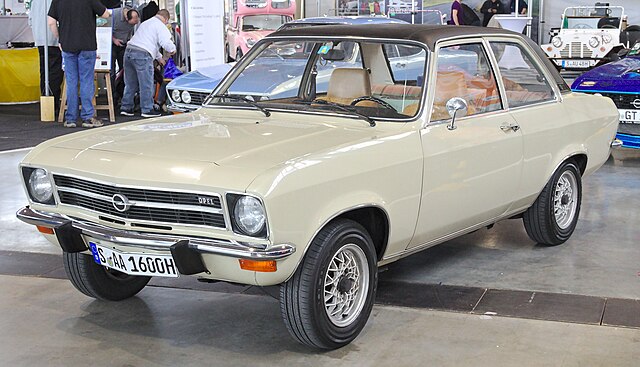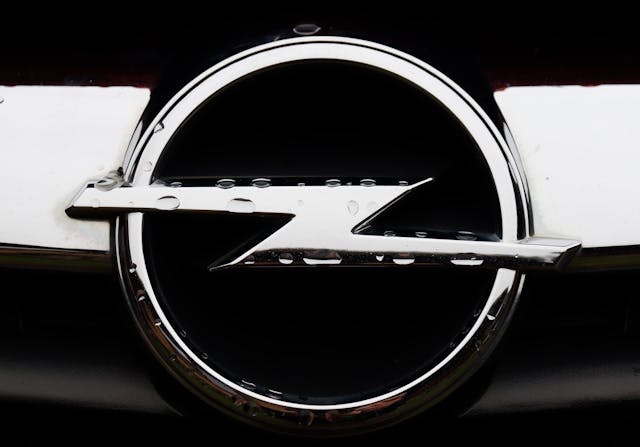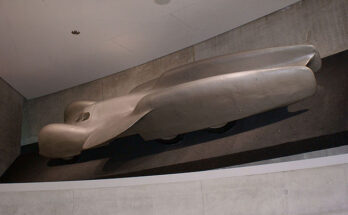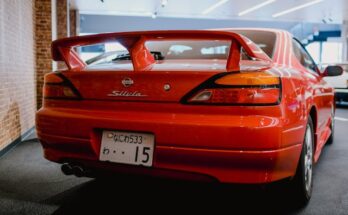Meet the Opel Ascona A, one of the most underrated, greatest classic cars from the 1970s and the ultimate combination of style, performance and practicality. Sitting between the Kadett and Rekord, the Ascona was a response to mid-size rivals like the Ford Taunus. Rocketed off the starting line in October 1970, the 204 looked poised for success with a variety of body styles available, including 2-door and 4-door saloon versions and a 3-door estate (Caravan/Voyage).

Although today it might not be as well-known as some of its contemporaries, the Ascona A has its own place in Opel’s history, most notably in motorsports where it was a serious contender.
Design & Engineering
The Ascona A was designed by Chuck Jordan and it’s a simple and reliable car, making it a favorite for family sedan as well as enthusiast model.
Specifications of the Opel Ascona A
Body & Dimensions:
Body styles: 2-door saloon, 4-door saloon, 3-door estate (Caravan/Voyage)
Wheelbase: 2,432 mm (95.75 in)
Length: 4,178 mm (164.5 in)
Width: 1,635 mm (64.375 in)
Height: 1,384 mm (54.5 in)
Layout: FR layout; front-engine, rear-wheel drive
Engine Options:
1.2 S – 1,196 cc OHV I4, 60 PS (44 kW)
1.6 N – 1,584 cc CIH I4, 60–68 PS (44–50 kW)
1.6 S – 1,584 cc CIH I4, 75–80 PS (55–59 kW)
1.9 S – 1,897 cc CIH I4, 88–90 PS (65–66 kW)
Transmission Choices:
4 speed manual transmission (base)
3-speed automatic (optional)
Racing Achievement – The Rally Winner
The Ascona A’s history included a glamorous chapter in motorsports. The Opel Ascona 1.9 SR was a very successful rally car and was driven by Walter Röhrl to a win in the 1974 European Rally Championship.
Those craving even more firepower could opt for a high-performance version developed by tuner Steinmetz, which fitted the Ascona SR with twin Solex carburetors and boosted output to 125 PS (92 kW). This made it a mighty adversary in public roads and rally stages alike.
The American Version, Opel 1900
The Opel Ascona was also exported to the United States from 1971 to 1975, where it was marketed under the name Opel 1900 and sold only at Buick-Opel dealerships. Due to stricter U.S. emission laws, though, the American version was fitted with Bosch L-Jetronic fuel injection, bringing output down to 75 hp (56 kW) with a lower compression ratio of 7.6:1.
The Opel 1900 was updated in 1974 with rubber-clad impact bumpers to satisfy federal crash safety mandates. There was, however, one limitation—a combination of bad exchange rates between the Deutsche Mark and the U.S. dollar cost Opel sales of the Opel 1900 to the American public after 1975 when the company withdrew the car, bringing in the rebadged Isuzu Gemini as a replacement model.
The Opel Ascona A is probably not the first 1970s classic car you think of, but it made its mark on the history books nonetheless. Its production numbers totaled nearly 692,000 units, and it remains a reliable, well-engineered, and capable mid-size sedan. It also proved succesful as a rallying model, its rally successes — particulary with European Rally Championship win — establishing the car and its background in Opel’s motorsport heritage.
Today, the Ascona A is a classic, a collectible design admired by enthusiasts for its tough but simple engineering, timeless lines, and racing heritage. As a daily driver, a WRC icon, or United States permitted Opel 1900, this thing is still a diamond in the rough in the world of classics.



